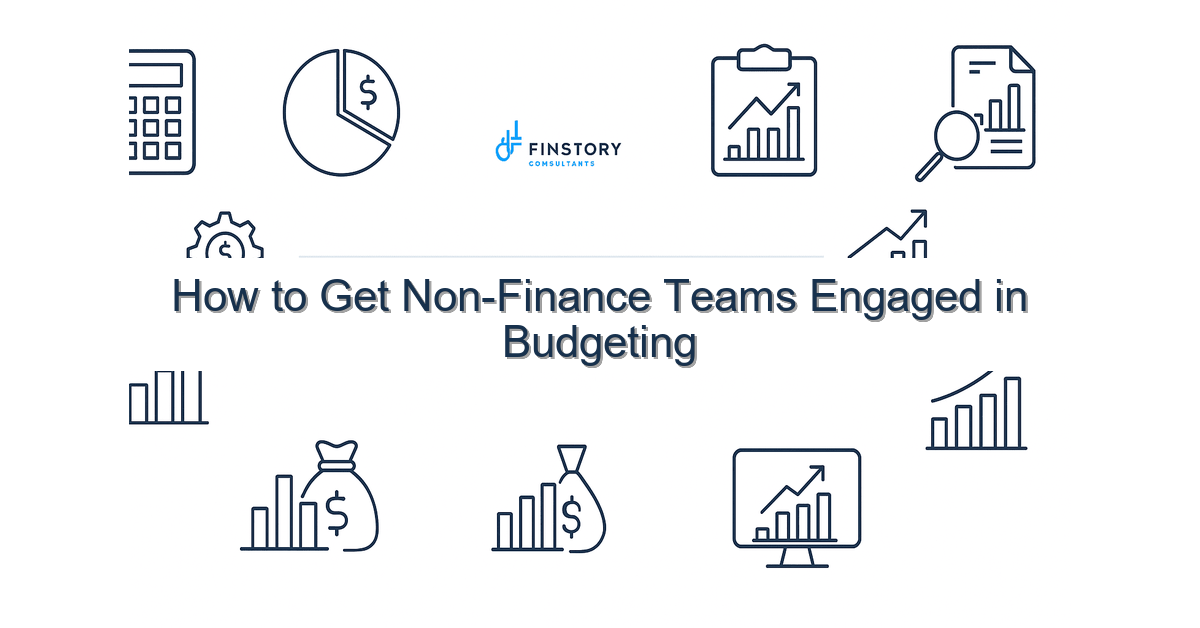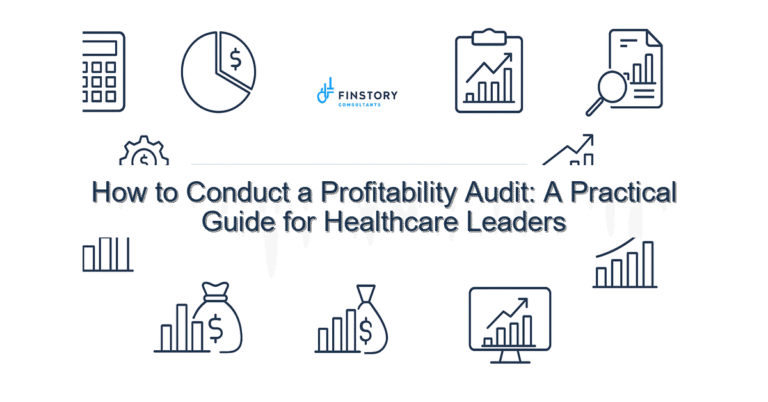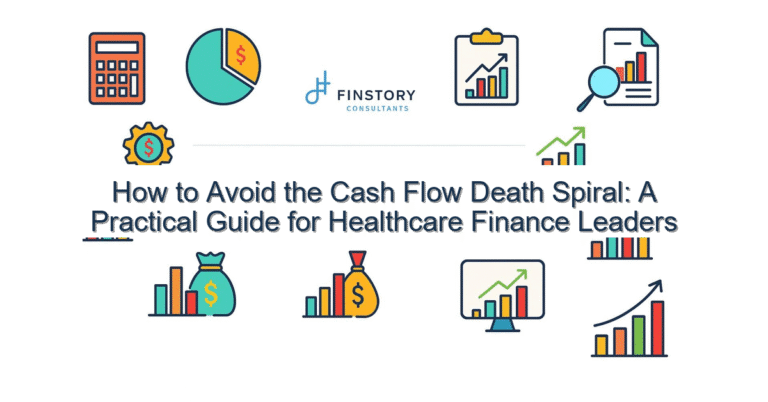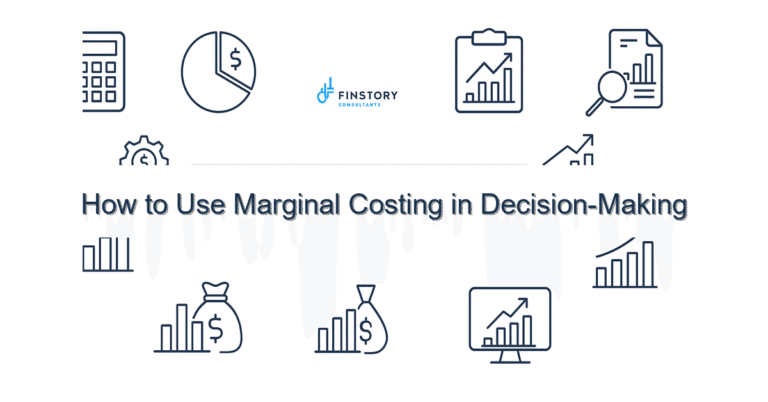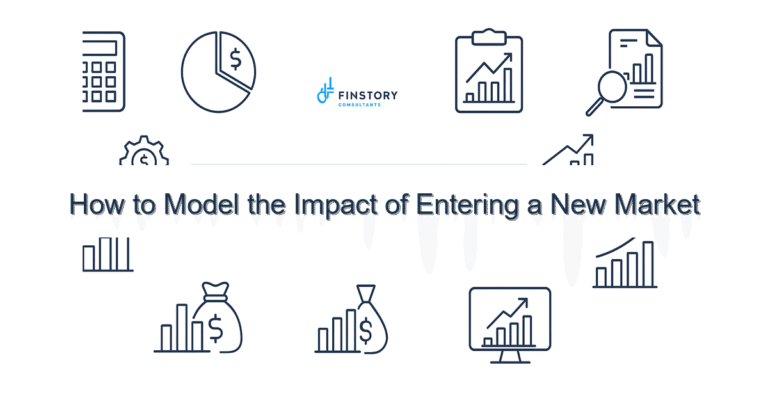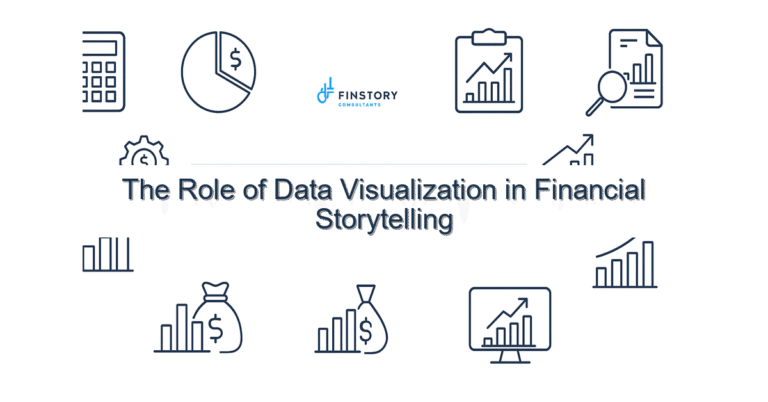How to Get Non-Finance Teams Engaged in Budgeting
Budget season often feels like a finance-only ritual that leaves clinical and operations leaders checked out, defensive, or confused. You’re not failing—your process is. The good news: engagement is fixable with small, practical changes that respect clinicians’ time and priorities.
Summary: Get non-finance teams engaged in budgeting by making the process relevant, quick, and collaborative: clarify goals, translate budget items into operational impact, give simple tools and dashboards, and create short feedback loops. Do this and you’ll reduce cycle time, improve forecast accuracy, and earn operational buy-in.
What’s the real problem?
At its core, the issue isn’t interest—it’s alignment and friction. Clinicians and operations staff care deeply about patient care, access, and outcomes, not line-item variance. When budgeting becomes a distant, opaque exercise, people disengage.
- Pain point: Budget requests come as blunt forms with no context—clinicians can’t see how their ask affects throughput, staffing, or patient outcomes.
- Pain point: Long, remote cycles. Budgets take weeks or months, and by the time leaders get answers, clinical priorities have shifted.
- Pain point: Finance jargon and models feel punitive—teams avoid participation rather than collaborate.
- Pain point: No clear ownership—each department expects someone else to ‘fix’ the budget misalignment.
What leaders get wrong
Leaders often mean well but miss the human side. Common missteps include:
- Assuming education alone will motivate participation. Training helps, but relevance matters more.
- Overloading non-finance teams with spreadsheets and scenarios. More data isn’t engagement.
- Keeping finance as the single gatekeeper. That makes budgeting feel like an enforcement activity, not a shared plan.
- Skipping short-term wins. Leaders promise culture change but never show quick, tangible benefits that prove the new approach works.
A better approach to engage non-finance teams in budgeting
Shift from “submit numbers” to “solve problems together.” Here’s a practical 4-step framework you can roll out in phases:
- Start with outcomes, not line items. Translate budget categories into operational goals: access, length of stay, staff fill rates, or case-mix changes. Ask teams: which 1–2 outcomes matter most this year?
- Create hypothesis-driven asks. Instead of “request $200k for supplies,” frame it: “We believe $200k in supplies reduces turnaround by 10% and prevents 50 delayed discharges.” That makes trade-offs clear.
- Give teams a simple tool and a dashboard. One editable template, plus a dashboard that shows how their ask links to KPIs. Use Power BI or a lightweight FP&A view so leaders see impact in minutes.
- Run short feedback loops. Weekly 30-minute touchpoints during budgeting—one for clinicians, one for operations—so questions get answered and iterations are fast.
Real-world story: A mid-size health system moved from a six-week budget cycle to two weeks for departmental sign-off by replacing three Excel templates with a single, outcome-focused form and a Power BI dashboard. Finance reported a 35% reduction in clarification emails and clinical leads said the process felt “actually useful” for planning clinics.
Quick implementation checklist
- Map 3–4 shared outcomes (e.g., access, staffing, LOS, supply spend) and show them to department heads this week.
- Replace multiple forms with one one-page “operational budget ask” template.
- Build a simple Power BI dashboard that links asks to outcomes and variance; share a live link.
- Schedule two 30-minute workshops: one for clinical leads, one for ops managers.
- Assign a single finance liaison per department—clear ownership, with office hours.
- Run a pilot with two departments for one budgeting cycle, capture feedback, iterate.
- Document success stories and quick wins; share them organization-wide.
- Automate recurring data pulls (payroll, FTE, clinic volumes) to reduce manual work.
What success looks like
Define success with measurable outcomes you can track:
- Budget cycle time reduced from X weeks to Y weeks (target: 40% faster).
- Forecast accuracy improvement (variance to budget) by 5–10% within the first year.
- Decrease in clarification emails/meetings by 30–50%.
- Percentage of departments submitting outcome-linked asks rises to 80%.
- Operational adoption: >75% of clinical leaders report budgeting process as “useful” in a post-cycle survey.
- ROI: less staff time spent reconciling spreadsheets; measurable time savings (e.g., 200+ hours/yr).
Risks & how to manage them
- Risk: Superficial participation. Mitigation: Require one concrete metric and a linked narrative for each ask; make audit trails visible in dashboards.
- Risk: Tool overload. Mitigation: Start with one simple template and one dashboard; postpone additional modules until adoption is steady.
- Risk: Leadership fatigue. Mitigation: Show short wins quickly—reduced cycle time or a solved staffing gap—and escalate those wins in leadership reporting.
Tools & data
Use automation to remove grunt work. Finance automation for feeds (payroll, AP, EMR volumes) shrinks manual reconciliation. Power BI or another visualization tool provides a single pane for operational leaders. Pair those with leadership reporting—monthly one-page summaries that link budget items to outcomes, not just numbers.
Finstory’s approach blends automation with human workflow: standing up data feeds, building the dashboard, and designing the leadership reports so department heads get a simple, actionable view.
FAQs
Q: How do we get busy clinicians to participate?
A: Respect their time. Offer a 15–30 minute template and a short workshop, focus on outcomes, and make participation visibly linked to resources they care about (staffing, clinic hours).
Q: Won’t giving departments more control increase variability?
A: Not if you pair control with clear guardrails—standard templates, required outcome metrics, and a finance liaison who validates assumptions quickly.
Q: What tools do we need first?
A: Start with one editable ask template and a simple Power BI dashboard. Automate the most error-prone data feeds (payroll, volumes) next.
Q: How quickly can we see results?
A: Pilot results—lower clarification counts, quicker sign-offs—can appear in one budgeting cycle (4–8 weeks). Bigger ROI accrues over 3–6 months.
Next steps
If you’re ready to engage non-finance teams in budgeting, start with a pilot: pick two departments, set shared outcomes, and build a single dashboard. Invite the leaders to a short co-design session and measure the first cycle’s wins.
See our budget automation services or read our planning playbook on rolling forecasts. For dashboards and leadership reporting examples, check this Finstory case study.
Contact Finstory to run a 6-week pilot: we’ll map your process, build the dashboard, and train leads so you can engage non-finance teams in budgeting with confidence.
Work with Finstory. If you want this done right—tailored to your operations—we’ll map the process, stand up the dashboards, and train your team. Let’s talk about your goals.
📞 Ready to take the next step?
Book a 20-min call with our experts and see how we can help your team move faster.
Prefer email or phone? Write to info@finstory.net
or call +91 44-45811170.
